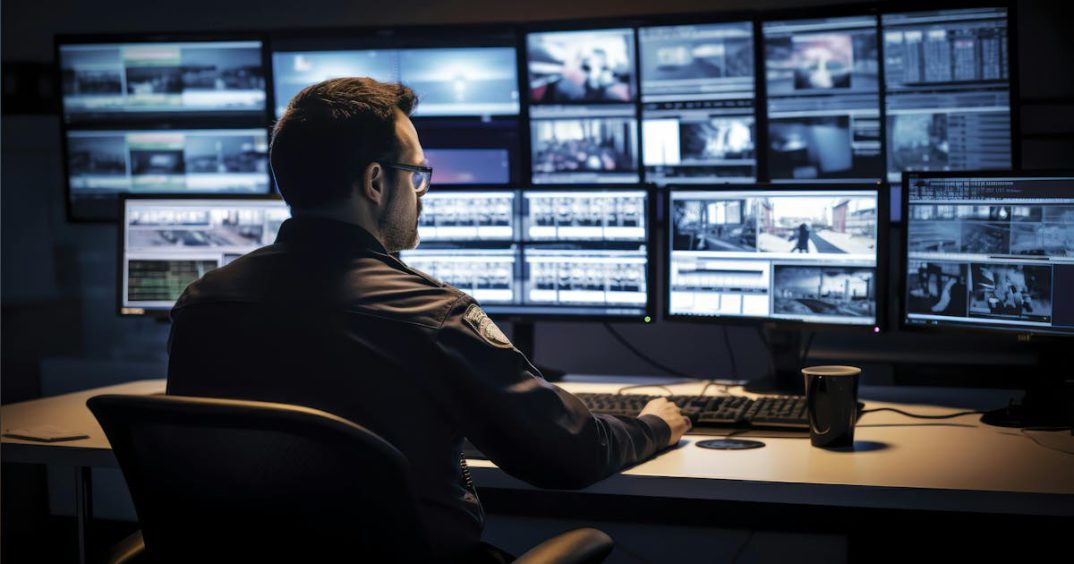The Monitoring Association (TMA)’s AVS-01 standard provides standardized alarm scoring for unauthorized human activity detected by alarm systems that will assist law enforcement with resource allocation and calls for service prioritization. It is designed for use by monitoring providers alongside advanced technologies that enable the ability to score alarms.
The importance of AVS-01 lies in its role in enhancing the reliability of alarm systems by establishing criteria for verifying alarm events before emergency response units are dispatched. Classifications in the security monitoring industry have been lacking or fragmented, which presents a challenge when combined with different priority scales used by Emergency Communications Centers (ECCs).
Industry adoption of AVS-01 is just the first step. Communication and education of first responders, municipalities, and any other stakeholder in alarm response and police response is an important next step. Parks Associates research has uncovered low awareness about the standard from dispatchers and first responders, with several also indicating concerns about the implementation due to the fragmented nature of dispatch priority rankings and concerns around how much information will be required for verification.
To facilitate the adoption of AVS-01, TMA and PPVAR (Partnership for Priority Verified Alarm Response), offers free online training courses designed for monitoring center operators and ECC telecommunicators. These courses provide a thorough understanding of the AVS-01 classification process and the standardized communication protocol, ensuring that monitoring center leaders are well-equipped to integrate the standard into their operations.
Technology as Part of the Solution
Today, many law enforcement agencies define “verified” alarms as having a human present at the event (e.g., homeowner, neighbor, private guard, or other witness). This naturally limits the number of events that qualify as “verified.” The private sector is creating innovative solutions that can be integrated with security monitoring systems to improve verification capabilities and determine a real threat without necessarily requiring a human presence to confirm.
Reducing false alarms requires preventing them at the source. Integrating disarm functions into security system keypads is one notable example, or arms/disarms security alarms based on inactivity in the home or schedules. Video verification of alarms is helpful, provided that the camera placement and angles are optimized, and the feed is available to the resident, the central station, and perhaps even law enforcement. While video verification is a great solution, many consumers have privacy and security concerns and refuse to have a camera inside their homes.
Other technologies involve contextual flags, such as sensors for glass break detection, gunshot detection, and Wi-Fi sensing. Wi-Fi sensing and other known/unknown presence detection technologies are particularly useful.
The goal is to provide a clear picture of normal or abnormal behaviors for the monitoring centers, by providing additional touchpoints beyond the alarm.
Deployment at Scale: Evaluating Verification Methods
A variety of methods can be employed to ensure verification within the AVS-01 framework – each offering distinct advantages and unique challenges. Some examples are calling or texting residents, video verification, sensor-based AI, radio frequency (RF)-based AI, and the deployment of private guards.
Calling residents is the traditional method used for verifying alarms; however, the effectiveness is tempered by high false alarm rates attributed to resident unavailability or non-responsiveness, highlighting a significant drawback in reliance on resident participation. Texting is more successful, especially if automated, but they can lack event context.
Video verification can be effective depending on how it is being used, with the benefit of direct visual confirmation of incidents. This method can mitigate false alarms and enhances law enforcement response. Its effectiveness hinges on optimal camera placement, the level of monitoring included (self vs. pro), and video settings.
Video also triggers privacy concerns for some consumers, particularly internal video: just 29% of smart home device owners say they are comfortable sharing indoor video with third parties, and 63% of indoor camera owners say they have privacy and cybersecurity concerns about the device. The real value of video may very well rest with the AI capabilities that are becoming a key component of emerging security technologies.
AI: A Key Differentiator
AI is being used in the identification of humans, pets, or vehicles in video surveillance and to determine presence or absence in RF-based technologies and user interfaces. And consumers are taking note of value: Parks Associates research highlights that 70% of security system owners say it is appealing to use sensors in their home with AI to understand and confirm emergencies.
Despite great value in AI technologies for verification, security integrators cite concerns about AI marketing that leads to customer confusion and uncertainty of real benefits. That said, security integrators, like many other businesses, must embrace the role of technology, including AI. In this case, AI’s ability to reduce false alarms is a major opportunity for residential security businesses.
Steps Forward
The core of professional monitoring services is to offer customers peace of mind through quick and reliable responses to alarms or incidents. If a service fails to deliver on this promise, it undermines its own value proposition, potentially leading to customer dissatisfaction and loss.
The industry must respond with a multi-pronged approach:
Define False Alarms – A comprehensive approach to identifying what constitutes a false alarm is crucial. This involves not just technological solutions but also a deep understanding of the scenarios under which alarms are triggered.
Verification – Relying solely on video verification can be flawed due to its limited adoption and physical constraints like line-of-sight issues. The deployment of the AVS-01 standard must plan around these adoption gaps and limitations, by scaling with integrated tech solutions to make the process of verification effective.
Coordinated Deployment – Both the security landscape and law enforcement agencies are fragmented with thousands of individual businesses and departments. A coordinated approach among leading monitoring providers and security platforms can minimize compatibility issues, improve the efficacy of security protocols, and create a better experience for dispatchers. Coordinated efforts are essential for seamless deployment, ensuring that the standard achieves its intended benefits across the board.
Law Enforcement Education – Low awareness of AVS-01 among dispatch personnel can significantly hinder the effectiveness of this standard in real-world applications. Industry leaders must invest in training and education initiatives to ensure that those at the front lines of response are fully informed about the protocols, technologies, and best practices associated with AVS-01.
This article is an excerpt from the Parks Associates whitepaper, Next-Gen Professional Monitoring: Scaling Verification, published in partnership with Ubiety Technologies ( Jennifer Kent, VP of Research for Parks Associates, also contributed.





